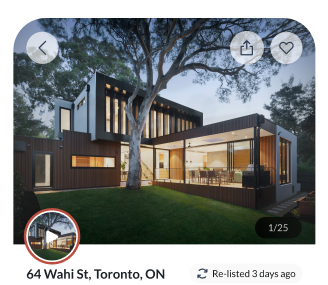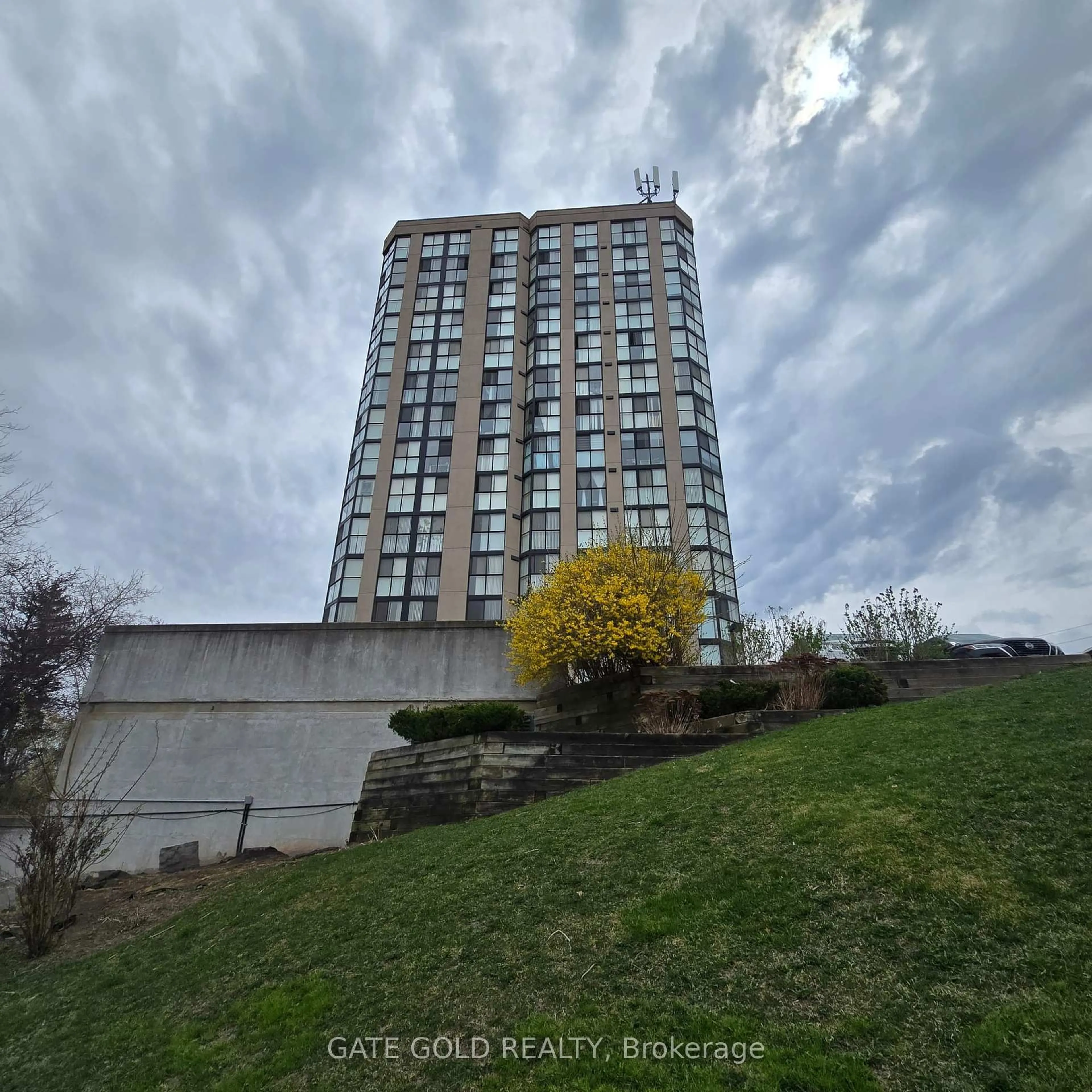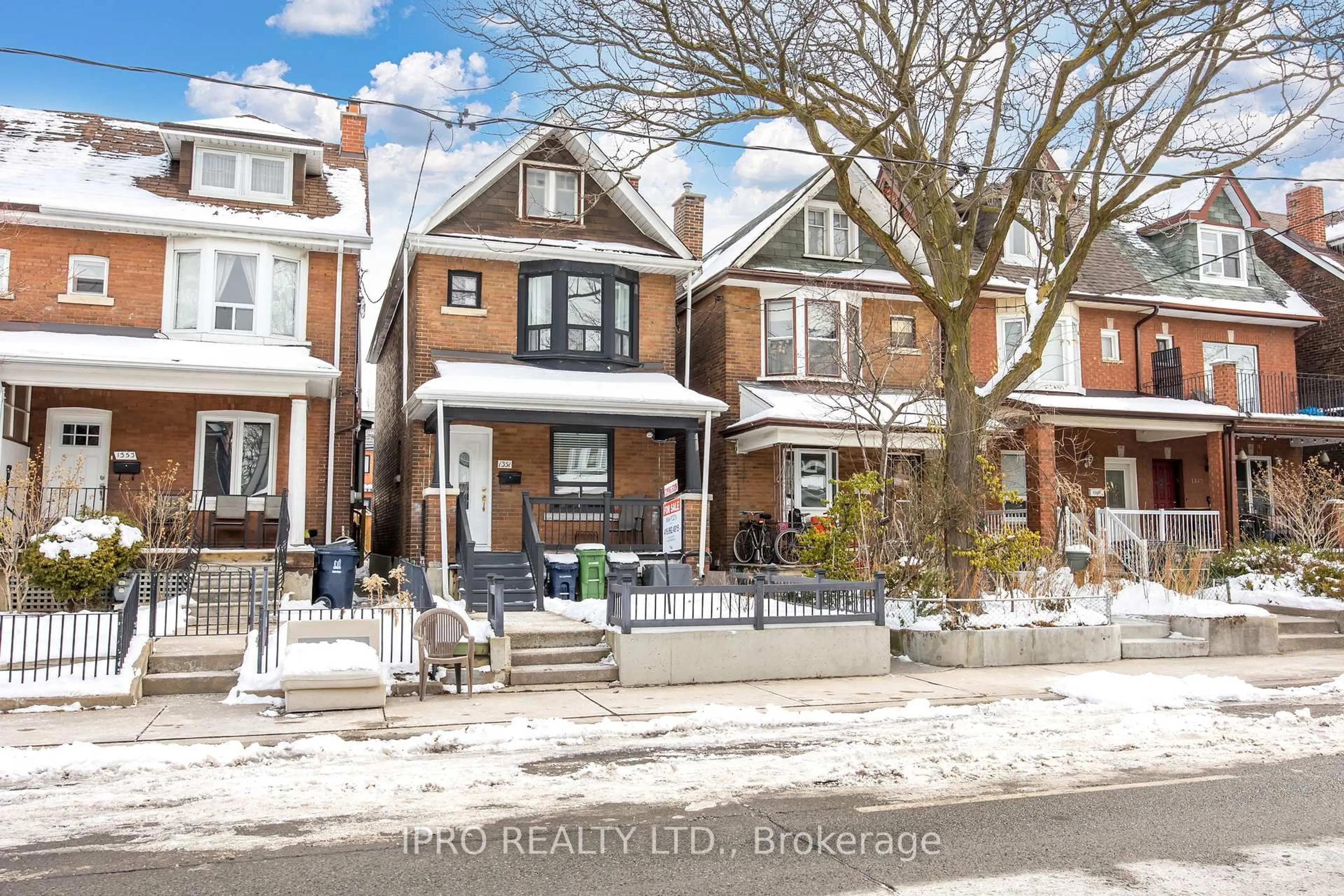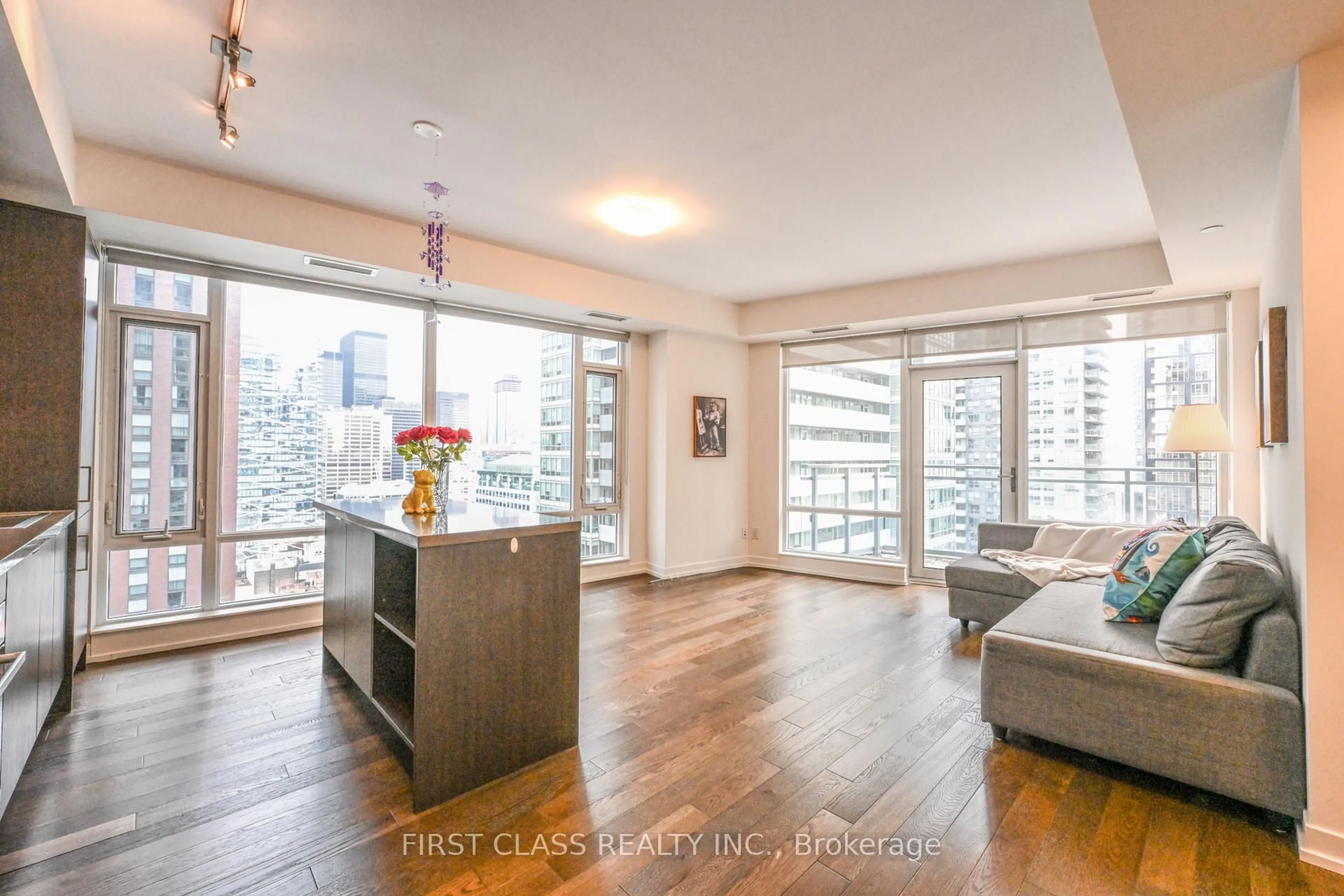The Smarter, Faster, Dreamier Home Search.
With Wahi, your perfect home finds you.
Property type
Bedrooms
Bathrooms
No Catch. Just Cashback.
Buy and sell with confidence with Wahi. Get expert REALTOR® advice backed by our unique data-driven insights, helping you list at the optimal price and predict your home’s timeline to sell.
Buying
with Wahi
Buying & Selling
with Wahi
More Negotiation Power with Wahi Realtors

Anne Alkok
Broker of RecordAnne stumbled into real estate while helping a developer with condo approvals and has been in the industry since 2006. Her top advice for sellers: “Preparation is key – make your home shine when it hits the market.” Outside of work, Anne enjoys coffee with friends, British crime dramas, mountain drives, and beach getaways.

Barbara Renee Funt
REALTOR® / Team LeadWith over 25 years in the real estate industry, Barb has dedicated her career to helping clients find their dream home and build equity through buying and selling real estate. She’s a savvy negotiator who draws on her extensive experience to confidently navigate the ever-changing market and secure the right deal for her clients. Barb is passionate about her family and two dogs, loves travelling abroad, and is never too far from a great concert!

Faraz Azam
BrokerWith over 10 years of experience, Faraz has dedicated to helping clients find the right home and make smart real estate decisions. A family man and passionate Toronto Raptors fan, he brings the same energy to both his work and personal life, always putting his clients’ needs first.

Michelle Ryckman
REALTOR®With over 12 years of experience, Michelle loves turning her clients’ dreams into reality. She understands how important it is to feel supported throughout the process and takes pride in helping her clients feel at home before they even move in. Outside of real estate, Michelle is a nature lover, a volleyball enthusiast, and a self-proclaimed kitchen experimenter.

Behnam Fazili
REALTOR®With over five years of experience, Behnam thrives on helping his clients find the perfect place to call home. With a strong background in professional soccer, he brings discipline, strategy, and a winning mindset to every negotiation. He knows that patience pays off in the home-buying journey and is committed to guiding his clients every step of the way.
Wahi Realtors handle 10x more deals**, giving you the advantage of deeper market insights and stronger negotiation power—all without sacrificing service. While we don’t drive you to showings, we streamline operations to pass those savings back to you as cashback.
Contact usAs Featured In:






Homes for Sale
Just Listed in TorontoView all
Open Houses in TorontoView all
Just Sold in TorontoView all
Price Decreased in TorontoView all
Homes near top schools in TorontoView all
Discover Nearby Homes in TorontoView all
What Customers Are Saying:
Overall Google Review Rating
"Great overall experience partnering with Michelle & the team at Wahi on our first home purchase. Friendly crew, quick replies, awesome UI, and we were able to land the one & only home we fell in love with."
Denzel Austin
"As a first-time home buyer, I wasn’t sure what to expect, but working with Wahi Real Estate, and especially with Faraz Azam, made the entire experience smooth, stress-free, and honestly enjoyable. Faraz was incredible from start to finish. He was always available, super responsive, and answered all my (many!) questions with patience and clarity. I never felt rushed or overwhelmed - he walked me through every step of the process and made sure I fully understood what was happening. What stood out the most was how cooperative, professional, and genuinely kind he was. Faraz really took the time to understand what I was looking for and offered thoughtful, personalized advice. His knowledge of the market was impressive, and his guidance helped me feel confident in my decisions. The Wahi platform was also easy to use and kept everything organized. If you’re buying a home—especially for the first time—I highly recommend Wahi, and if you get the chance to work with Faraz Azam, take it."
sidhant vats
"My experience with Wahi was fantastic. I was assigned a dedicated rep, Barb who was very knowledgeable, helpful and accommodating. If I wanted to see a house I booked an appointment in their app. Another rep met me at the house at the requested time. I saw a lot of houses. When I found a place I liked they handle the offer and talked with the other realtor. All I had to do was tell them what I wanted to pay. The whole process was very easy. And when you buy they pay you! What more could you want?"
Dave Van Sickle
"I have never worked with a company so welcoming, helpful and informative. I could not recommend a company more if i tried. Barb and Michelle were amazing and always had my back. As a first time home buyer I was nervous and worried I was going to get swindled but the Wahi staff are upfront, honest, and have earned my trust. If I ever buy another home or someone tells me they are thinking of buying a home I would tell them not using Wahi would be the biggest mistake they could make."
Chris Duarte (Luner)
"We recently purchased our home using the Wahi real estate app, and we had an amazing experience. Despite communicating primarily through the app, the team was always quick to respond. Booking viewings was incredibly easy, and although different agents assisted us in different areas, they were all professional and friendly. From finding our ideal home to bidding and closing the deal, we received all the support we needed promptly. We truly appreciate Barb and her team for their exceptional service. Highly recommend!"
Yebin
Latest Real Estate Market Insights and News



House Prices in These Toronto Neighbourhoods Are Down $1 Million From Their 2022 Peak




The smarter way to buy and sell a home.
Join thousands who love Wahi!
Download the Wahi app
Homes for Sale in New Brunswick
- Homes For Sale in New Brunswick
- Homes For Sale in Woodstock
- Homes For Sale in Shediac
- Homes For Sale in Bathurst
- Homes For Sale in Miramichi
- Homes For Sale in Moncton
- Homes For Sale in Saint John
- Homes For Sale in Saint Andrews
- Homes For Sale in St. Stephen
- Homes For Sale in Dieppe
- Homes For Sale in Belledune
- Homes For Sale in Campbellton
- Homes For Sale in Charlotte
- Homes For Sale in Fredericton
Homes for Sale in Saskatchewan
- Homes For Sale in Saskatchewan
- Homes For Sale In Fort Saskatchewan
- Homes For Sale In Weyburn
- Homes For Sale In Regina
- Homes For Sale In Swift Current
- Homes For Sale In Yorkton
- Homes For Sale In Assiniboia
- Homes For Sale In Buena Vista
- Homes For Sale In Lloydminster
- Homes For Sale In Melville
- Homes For Sale In Moose Jaw
- Homes For Sale In Outlook
- Homes For Sale In Preeceville
- Homes For Sale In Saskatoon
- Homes For Sale In Tisdale
- Homes For Sale In Wakaw























